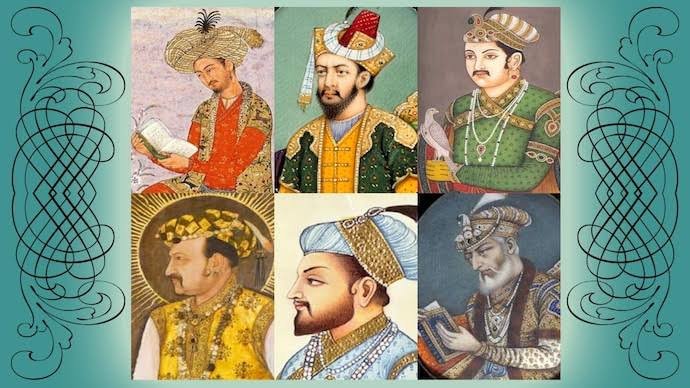1. **Agricultural Development**: The Mughals implemented various agrarian reforms, including the introduction of cash crops like cotton and indigo, as well as improved irrigation systems, which boosted agricultural productivity.
2. **Trade and Commerce**: The Mughal Empire facilitated trade and commerce by establishing a network of roads and promoting the use of standardized currency. Cities like Delhi, Agra, and Lahore became important centers of trade, attracting merchants from around the world.
3. **Artisanal and Industrial Growth**: Mughal patronage of artisans and craftsmen led to the development of industries such as textiles, metallurgy, and ceramics. The empire's support for skilled artisans resulted in the production of high-quality goods that were traded both domestically and internationally.
4. **Revenue System**: The Mughals implemented a sophisticated revenue system based on the land tax known as the zabt. While it helped in revenue collection, it also provided stability to the agricultural sector.
5. **Integration of Regional Economies**: The Mughal Empire brought together diverse regions under a centralized authority, facilitating the exchange of goods and ideas across the subcontinent. This integration contributed to economic growth and cultural exchange.
Overall, the Mughal Empire played a crucial role in fostering economic prosperity and development in the Indian subcontinent, leaving a lasting impact on its economy even after its decline.

No comments:
Post a Comment